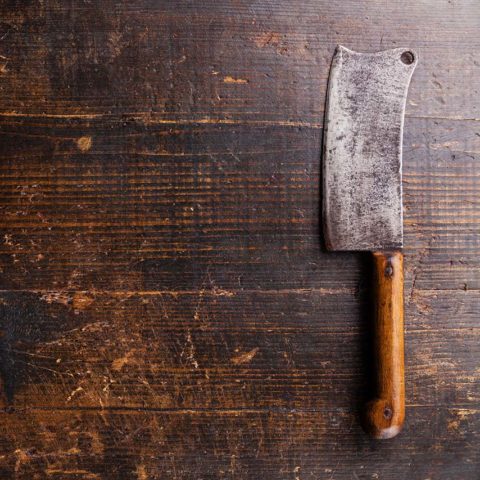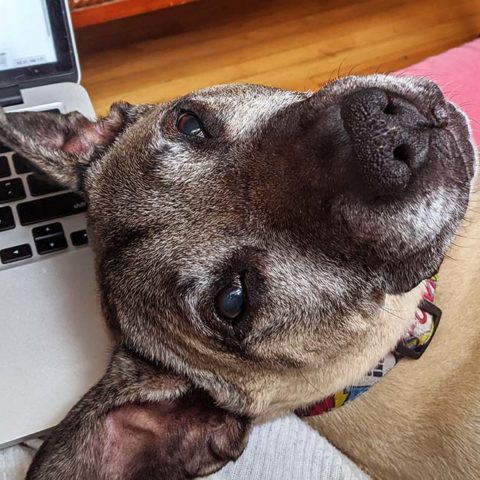April 4, 2020
Let’s make yeast together, baby
Get your mind out of the gutter! I’m talking about wild yeast. Yeast that we can pull out of thin air to make a sourdough starter with. It’s like magic! Or science. I confuse the two sometimes. So let those hoarders buy up all of the instant and rapid-rise yeast at the store. We don’t need it! We can make our own at home with two ingredients.
A word of warning. If you have a craving for crusty, fresh bread right now, this isn’t going to help you. This is a plan ahead sort of situation. The yeast we’re about to grow will take 5-7 days to reach maximum yeastage. And then the bread will take another 24 hours or so after that. So if you need to make a sandwich, go cook up some pancakes and come back and see me when you’re done.
Now, on to the joys of watching yeast grow. I bet you never thought that’d be the excitement of your week. But this is the reality of surviving the apocalypse. So pull up a chair and get ready for some thrills.
Day 1 – Mix some sh*t together
On day one, find yourself a glass bowl or wide mouthed jar that you can easily fit a spatula into for stirring. Your jar should also be large enough, so that once your yeast starts growing, it won’t overflow. Gather your ingredients:
- 25g Bread flour (approx. 3 tablespoons)
- 25g Rye or whole wheat flour (approx. 1/4 cup)
- 75g Water (approx. 1/3 cup)
Did I say two ingredients earlier? So shoot me. You can actually do this without the rye or whole wheat flour (increase the bread flour to 50g or 6 T). Just be prepared for your starter to take a little bit longer. Rye and whole wheat flours have a higher sugar content, so it gives the yeast more to eat. You can also do this with all purpose flour. If possible, steer clear of bleached flours, but use what you have on hand.
A note on the ‘grams’ measurement. Bakers are anal control freaks, ok? Flours that have been sitting in a container for months are going to be denser than a flour that’s just been sifted. That means that if you put those two flours in the same measuring cup, you’re going to get different weights for what you would think is the same amount. If you don’t have a scale, just measure them out. This isn’t rocket science. Your yeast won’t blow up the world if there’s an extra gram or two of flour in it.
So now that you’ve got your ingredients together, combine them thoroughly in your container and cover loosely with a dish towel or cheese cloth. A thin layer of cheese cloth is your best bet here. It allows extra oxygen in for the yeast to do their thing. Now set your container aside somewhere warm and non-drafty and wait 24 hours for the magic (science) to happen.
Day 2 – Is this thing on?
So your sourdough starter doesn’t look much different on day two. DO NOT PANIC. Most recipes are going to tell you to discard half and add more flour and water. Since your yeast appears to be a lazy deadbeat, just add another tablespoon of water to it and give it a good stir. If you’ve got yeast that’s already producing some bubbles, congratulations! You get to skip ahead to day 3. Overachiever.
Day 3 – Bubbles, Hallelujah!
Hopefully you’re starting to see some activity in your container. Mine also started to smell pretty sour. Now is when you need to start feeding it. Discard about half of your starter and add the remainder to a clean container. The clean container discourages any bad bacteria growth that may compete with the yeast. Add the following ingredients and give it a good stir:
- 50g water (approx. 1/4 cup)
- 6 T bread or all purpose flour (approx. 50 g)
Cover and set aside at room temperature again for 24 hours. Oh, the suspense!
Day 4 – Are we there yet?
You might be discouraged by the lack of activity in your container. Again, DO NOT PANIC. Repeat the feeding cycle from day three. Take some deep, cleansing breaths. Maybe walk around your apartment a few times. Sing your yeast a lullaby. Wait another 24 hours.
Day 5 – One day closer to bread!
Today your yeast should again be bubbly, increased in volume and look puffy. Rub your hands together and let out an evil scientist laugh. You’ve got yeast, baby!
If your starter continues to be an underachiever and has not increased in volume, repeat the feeding steps from day three until it gets its act together. Geez. This guy needs a serious pep talk.
If you’re like me, you’re now dying to eat a fresh slice of bread, slathered with butter. We’re going to bulk up our sourdough and get it ready for baking. Add the following to your container (you can skip the discard):
- 90g bread flour (approx. 2/3 cup)
- 10g rye flour (approx. 2 tablespoons)
- 100g water (approx. 1/2 cup)
Allow to rest 8-12 hours until your yeast has grown to double in size.
If you’re not ready to make bread with your starter (what’s wrong with you?) you can repeat the discard/feeding process. Give your yeast an hour or two to recharge at room temperature, then cover it and put it in the refrigerator for a nice long nap until you’re ready to use it.
You may have given your yeast a nickname by now and you find yourself talking to it. It’s ok, we could all use a non-judgemental organism to listen to our problems right now.
Next up: maintaining your yeast baby over time and baking bread with it.
Comments
Love it? Hate it? Make an awesome substitution or alteration that the world needs to know about? Post it here.
One thought on "Let’s make yeast together, baby"
Comments are closed.



Thanks for this useful informative blog to sharing step by step.